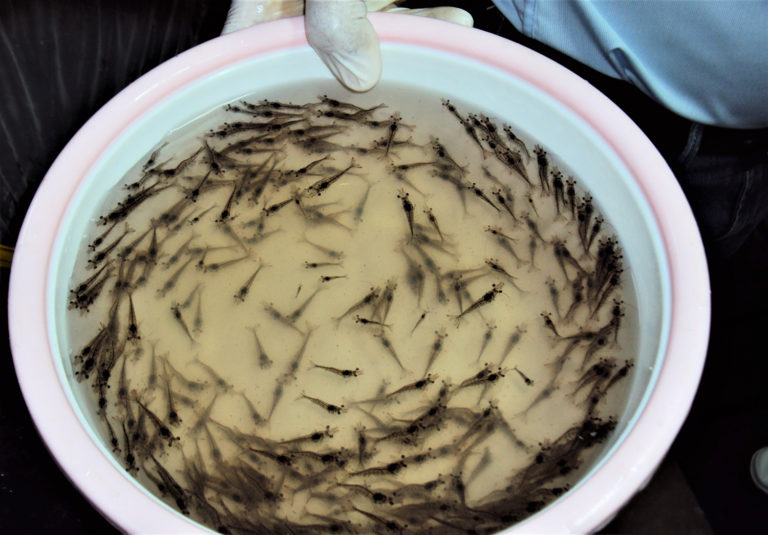
Health & Welfare
Study of co-infection of WSSV and <I>Vibrio parahaemolyticus</I>
In this study, co-infection of white spot syndrome virus and AHPND-Vibrio parahaemolyticus was studied in juvenile vannamei shrimp under laboratory conditions.
Health & Welfare
En este estudio, se estudió la co-infección del virus del síndrome de la mancha blanca y AHPND-Vibrio parahaemolyticus en camarones vannamei juveniles en condiciones de laboratorio.

Health & Welfare
In this study, co-infection of white spot syndrome virus and AHPND-Vibrio parahaemolyticus was studied in juvenile vannamei shrimp under laboratory conditions.
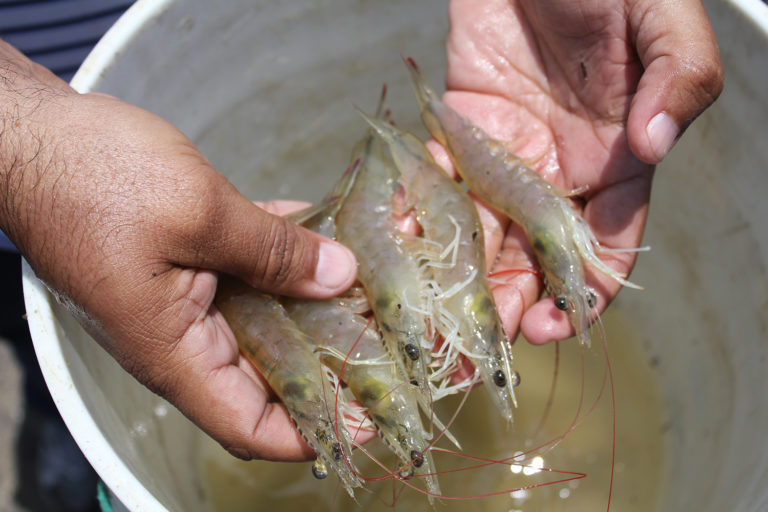
Health & Welfare
Descripción global del bacterioma intestinal del camarón blanco del Pacífico en sistemas de biofloc y de agua clara, y después de un desafío oral por el virus del síndrome de la mancha blanca.

Health & Welfare
Global overview of the intestinal bacteriome of Pacific white shrimp in biofloc and clear water systems, and after an oral challenge by white spot syndrome virus (WSSV).
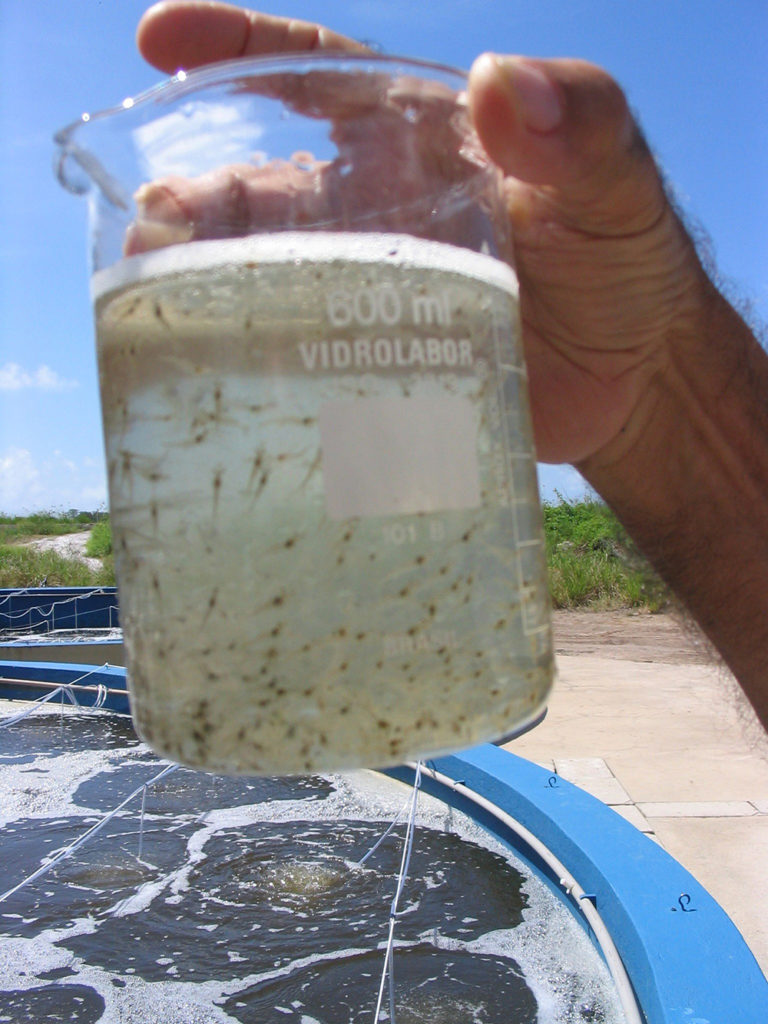
Health & Welfare
Indian shrimp hatcheries have experienced larval mortality in the zoea-2 stage, with molt deterioration and resulting in heavy mortality. Authors considered biotic and abiotic factors. Part 2 describes results of their study.

Health & Welfare
Indian shrimp hatcheries have experienced larval mortality in the zoea-2 stage, with molt deterioration and resulting in heavy mortality. Authors investigated the problem holistically.
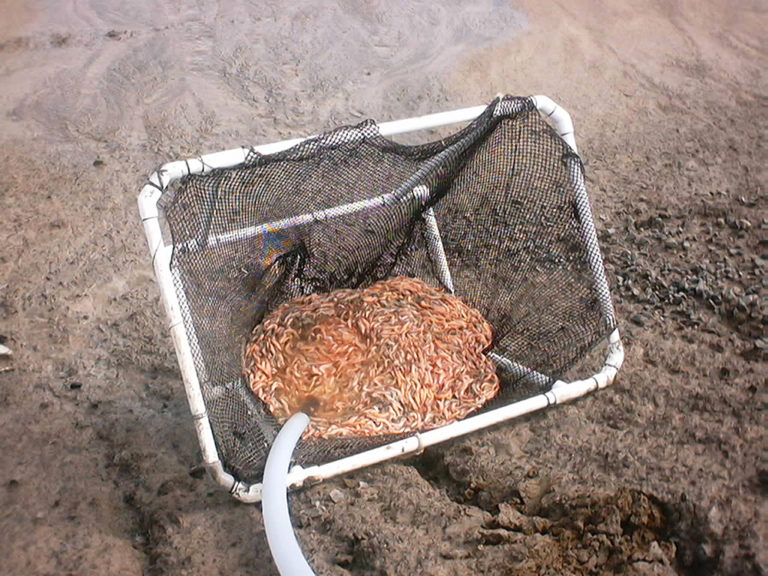
Aquafeeds
Los alimentos acuícolas para camarón – vivos, frescos o formulados – no deben ser un punto de entrada de patógenos potenciales para el camarón y/o sus sistemas de cultivo.
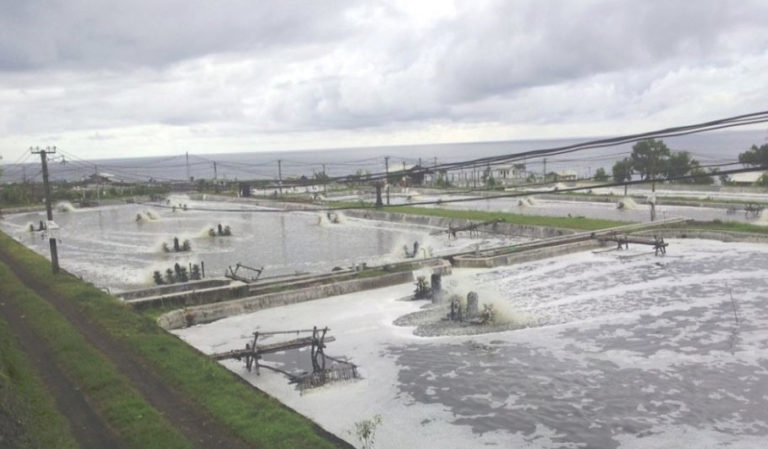
Responsibility
The impact of diseases led some Asian shrimp farming countries to develop biofloc and recirculation aquaculture system (RAS) production technologies. Treating incoming water for culture operations and wastewater treatment are biosecurity measures for disease prevention and control.

Aquafeeds
Shrimp aquafeeds – live, fresh or formulated – should not be an entry point of potential pathogens to the shrimp and/or to their culture systems.
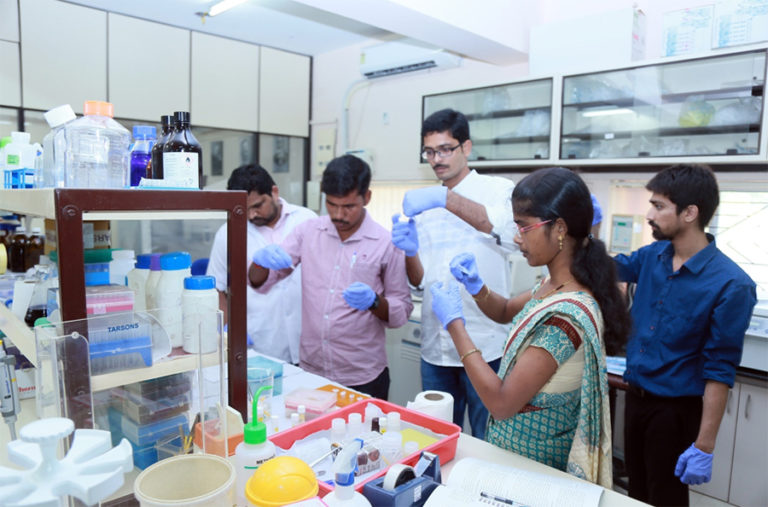
Health & Welfare
Accurate PCR testing of shrimp seedstock assures shrimp farmers that their seedstock is clean of major diseases. Ring tests verify that labs conducting PCR testing are obtaining correct, reliable and reproducible results when testing for specific shrimp diseases.
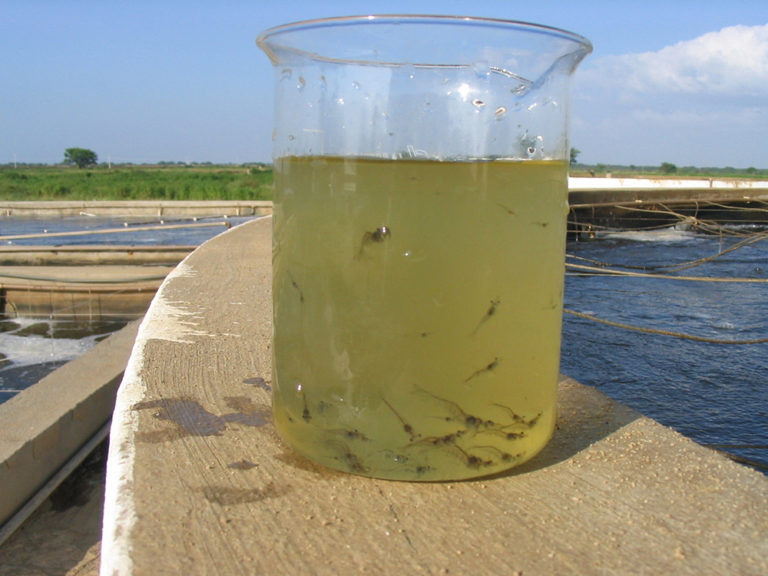
Health & Welfare
Shrimp nursery systems offer an important opportunity to increase profits. Properly designed and operated nurseries are highly biosecure facilities to grow postlarvae at very high densities.

Health & Welfare
Silencing genes in white spot syndrome virus (WSSV) with critical roles in replication could provide a strong antiviral effect and thus reduce shrimp mortality. The authors therefore established a study to evaluate the antiviral efficacy of double-stranded (ds)RNA against non-structural WSSV genes.
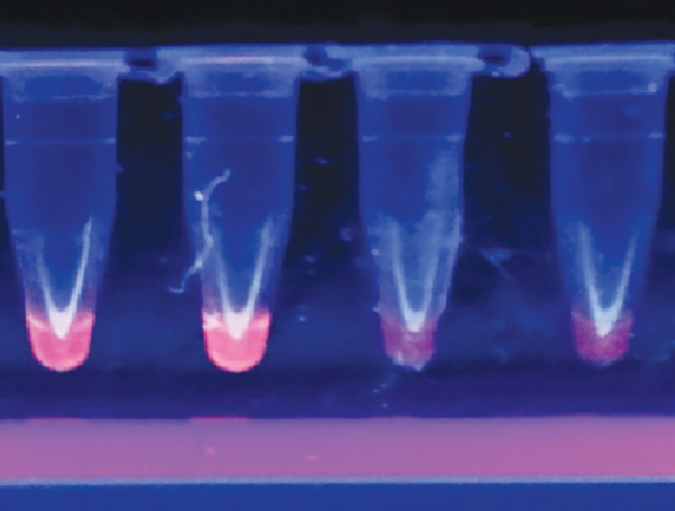
Health & Welfare
Loop mediated isothermal amplification (LAMP) is a highly specific technique that can amplify DNA in isothermal conditions. The kit can amplify the target gene of the pathogen using a single temperature and give results in one hour.
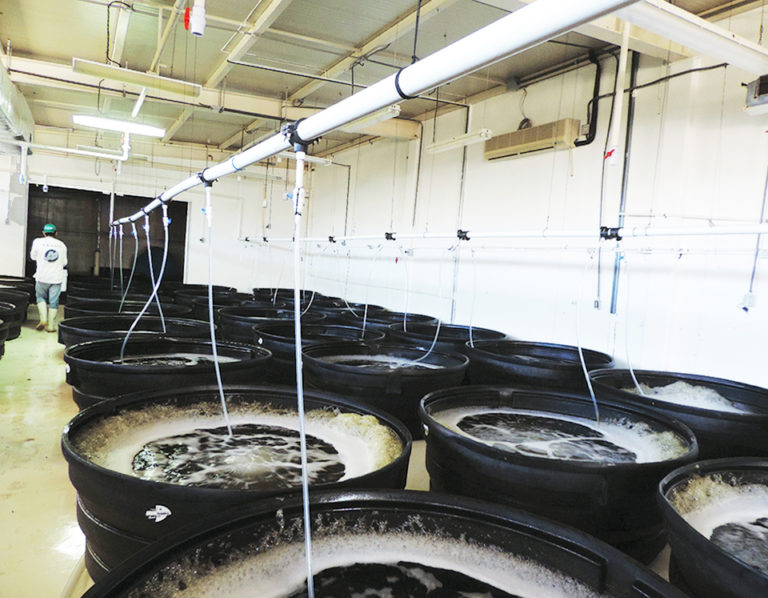
Health & Welfare
The authors recently performed a study to evaluate immunity to white spot syndrome virus and virulent Vibrio parahaemolyticus in shrimp treated with a new mineral extract additive in pelletized feeds.
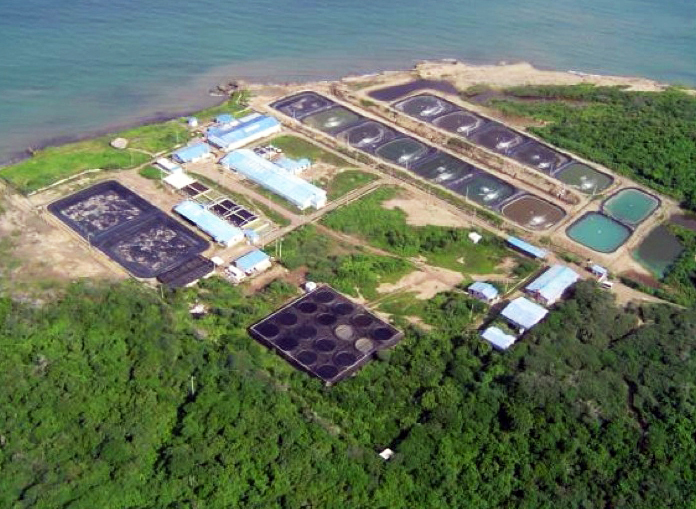
Health & Welfare
To combat white spot syndrome virus (WSSV) in white shrimp, Corporación Centro de Investigación de la Acuacultura de Colombia (CENIACUA) initiated a selective-breeding program to develop resistance in shrimp.

Health & Welfare
Applied to shrimp postlarvae at Thai and Latin American farms, a thermal treatment of constant water temperature increased final survival rates.